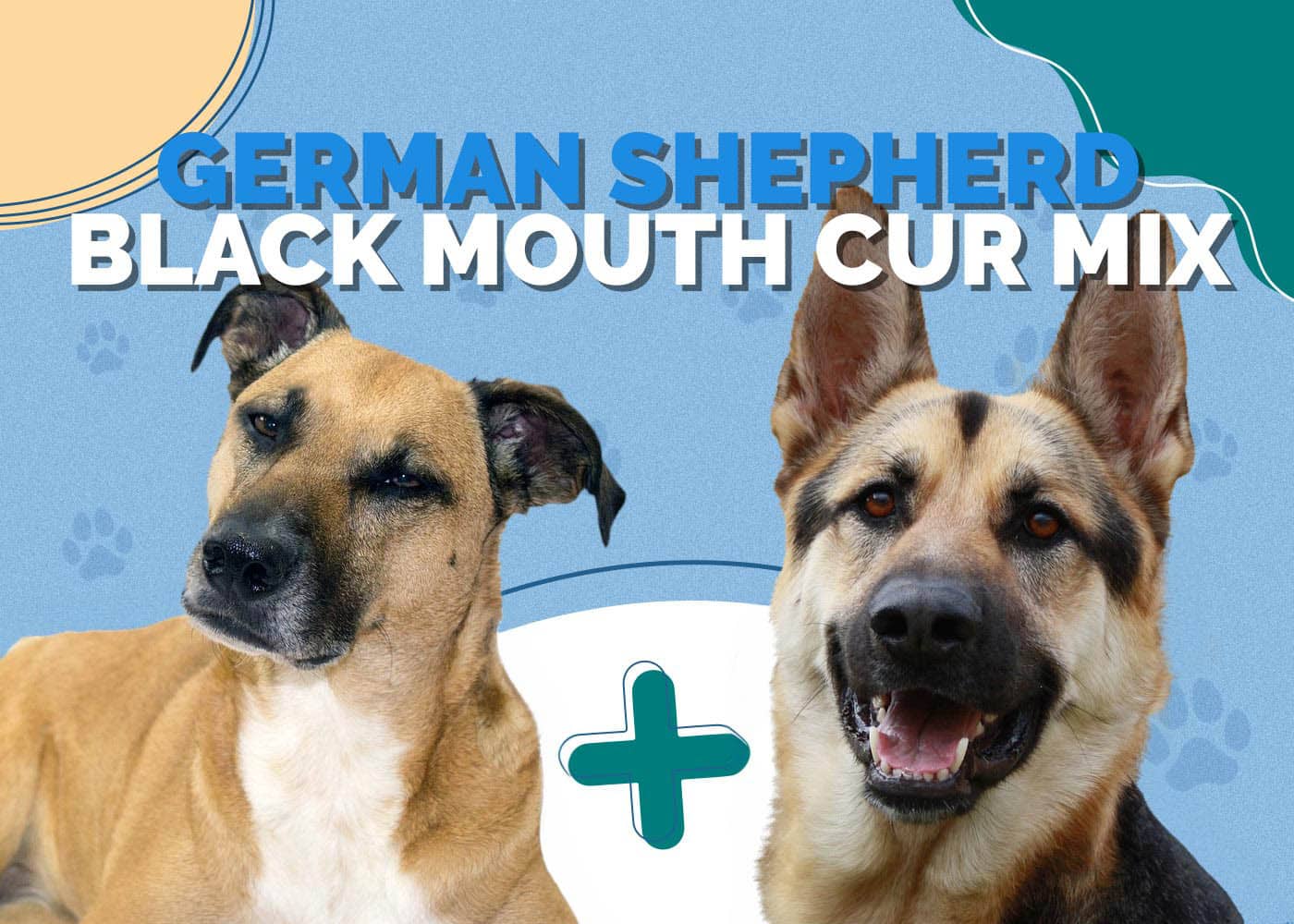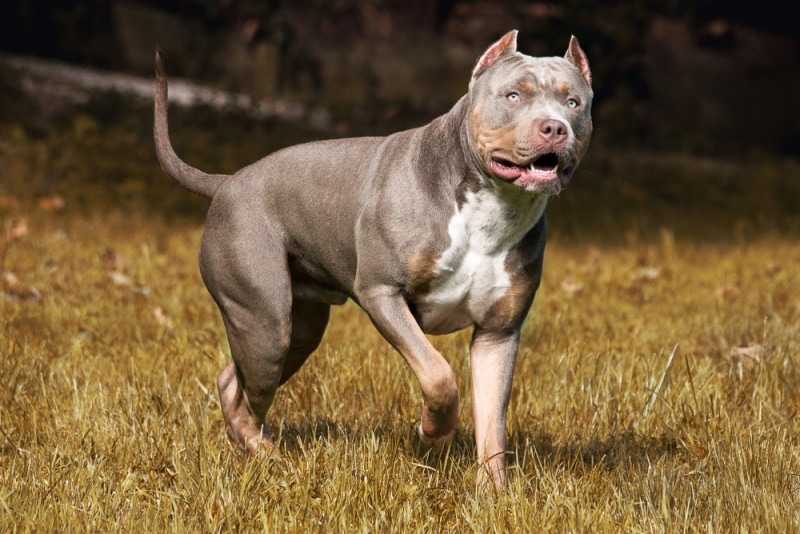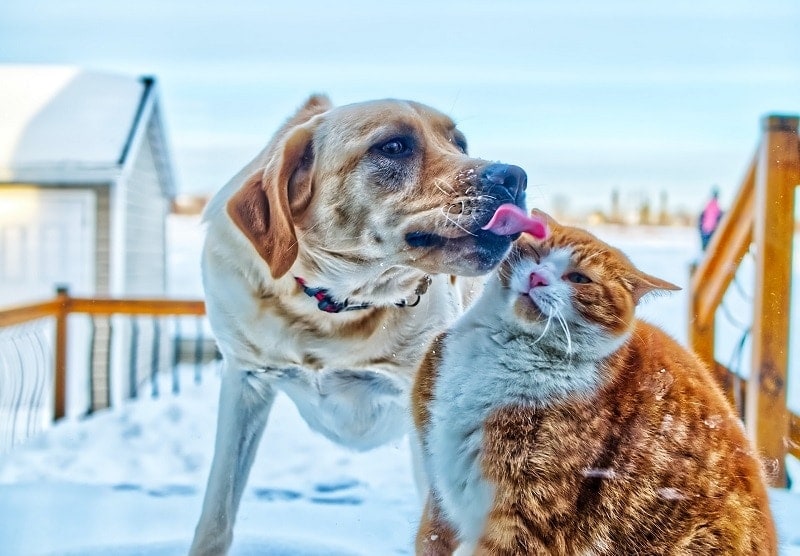Do Dogs Have Belly Buttons? According to Science
By Oliver Jones
Updated on
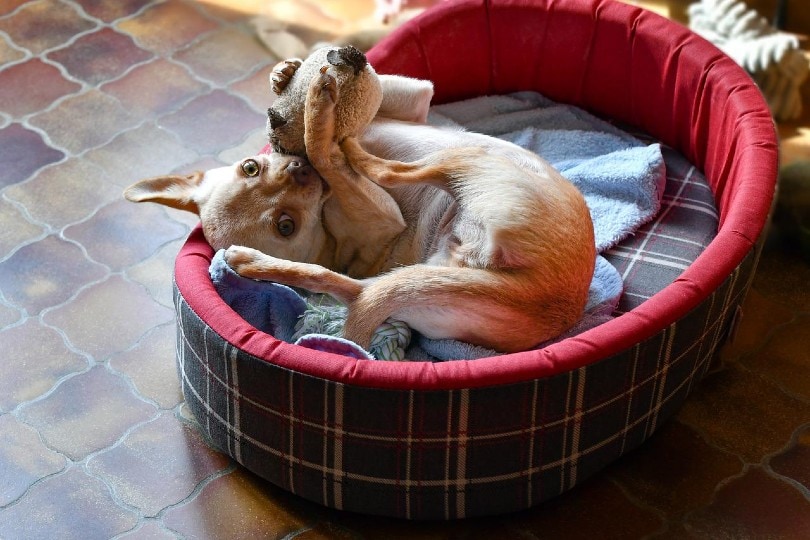
A dog loves nothing more than a belly rub from their human, and we usually love to be the giver of belly rubs for our canine companions. However, have you noticed if dogs have belly buttons as we do? You may not have realized it, but if you look hard enough under your dog’s coat fur, you will find a belly button, and in fact, all dogs have one! They have one for the same reasons we do; they are just smaller and harder to find.
Do Dogs Have Belly Buttons?
It’s true! Dogs do indeed have belly buttons or umbilici if you want to get technical. They have a belly button for the same reason as humans and most other mammals do. If you don’t know why you have a belly button, your curiosity regarding your dog’s anatomy will teach you something about your own too!
A dog’s belly button is the scar from where the umbilical cord was once connected in the womb. The umbilical cord is attached to the placenta during pregnancy, and it serves as a tube that delivers oxygen and nutrients from the mom to the pup while transferring the waste from the pup to the mother.
Unlike humans, the mother will use her teeth to chew the puppies free, and the remainder of the umbilical cord will dry up and detach after a few days, leaving a scar.
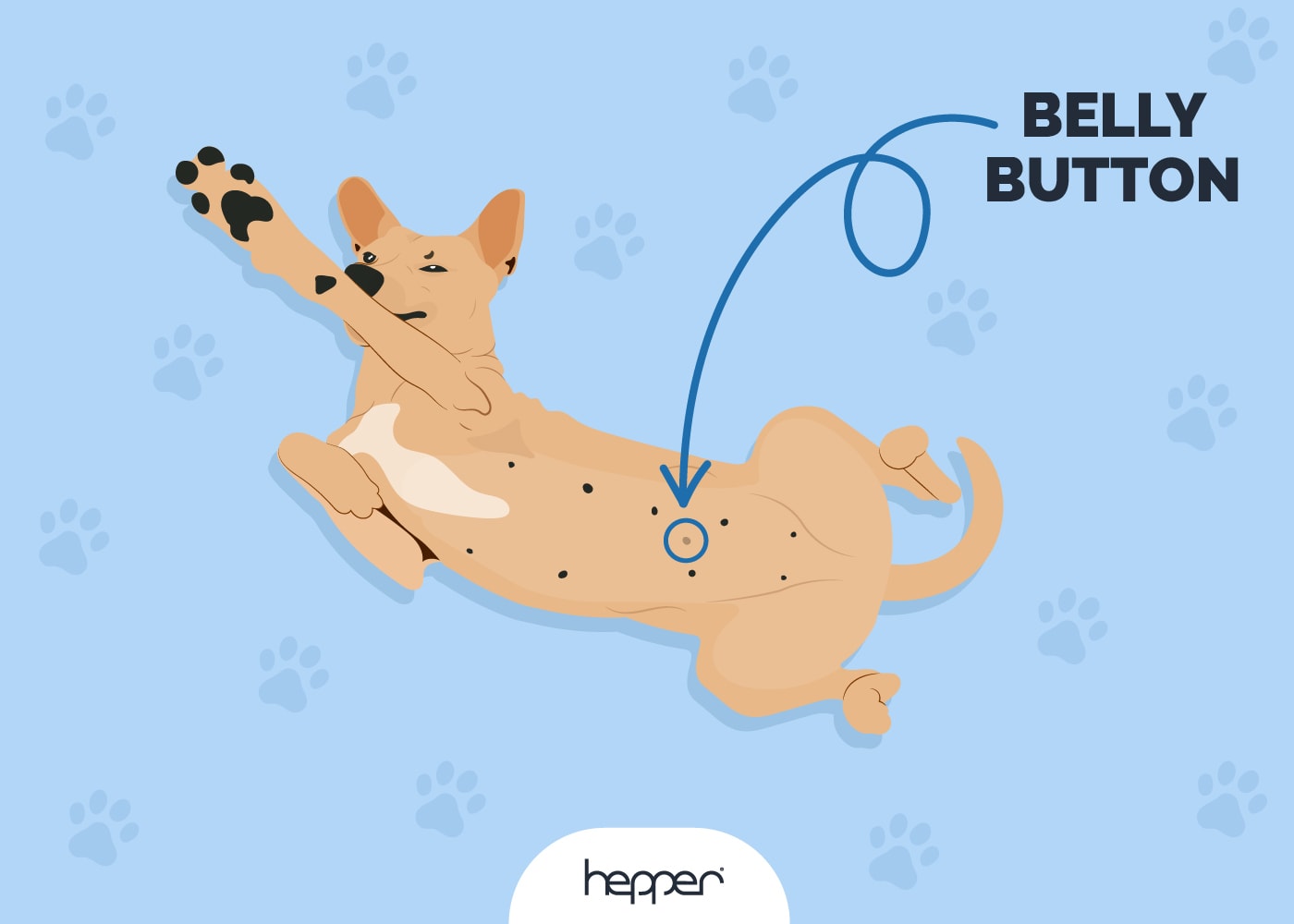
How Can You Locate a Dog’s Belly Button?
If canines have belly buttons, why are they hard to spot? Well, they have thick coats and a lot more than even a hairy human would have, which can easily hide the fact that dogs have belly buttons. The other reason it may seem discreet is that it is a lot flatter and smaller than a human’s.
Now that you know your dog has a belly button, you are undoubtedly curious to go find it. Get your dog into a belly rub position so you can easily assess their abdomen. In the center of the stomach, beneath the rib cage, you should notice what may look like a small wrinkle in the skin or a vertical scar. The fur that covers it may also create a sort of whirl. If the belly button still evades you, gently press your fingers in the area, and you detect a firm area where the scar tissue forms the belly button.
What Your Dog’s Belly Button Can Tell You
Because your dog’s belly button is essentially a scar, like a human’s, it serves no particular purpose. However, it may be able to give you some indication of your dog’s health.
Humans all have unique belly buttons. Some have “innies,” and others have outies, but our dogs have much smaller, unnoticeable belly buttons. If your dog has an “outie,” it could indicate that there may be a medical issue. If the belly button protrudes, it could indicate that the puppy’s abdomen muscles didn’t close properly, which can cause an umbilical hernia.
An umbilical hernia is a very common finding in puppies that are under 8 weeks of age and typically resolves and closes by itself as your puppy grows older. If you notice a hernia in your puppy when they’re older than 6 months, contact your veterinarian.
An umbilical hernia is most common in puppies and occurs when tissues or organs enter the opening of the abdominal wall because the belly button doesn’t seal properly. It may look like a small and soft swelling under the skin that may grow in size when your dog barks or stands up. The severity of a dog’s hernia will depend on the condition of the abdominal wall. Fortunately for our dogs, umbilical hernias are uncommon.
- Some species are more prone to umbilical hernias, such as Pekingese, Basenji, and Airedales.
- Persistent umbilical hernias may have a hereditary component, which means that if a dog has an umbilical hernia, their puppies may likely have one too.
- Trauma to the umbilical cord at birth can also increase the risk of an umbilical hernia.
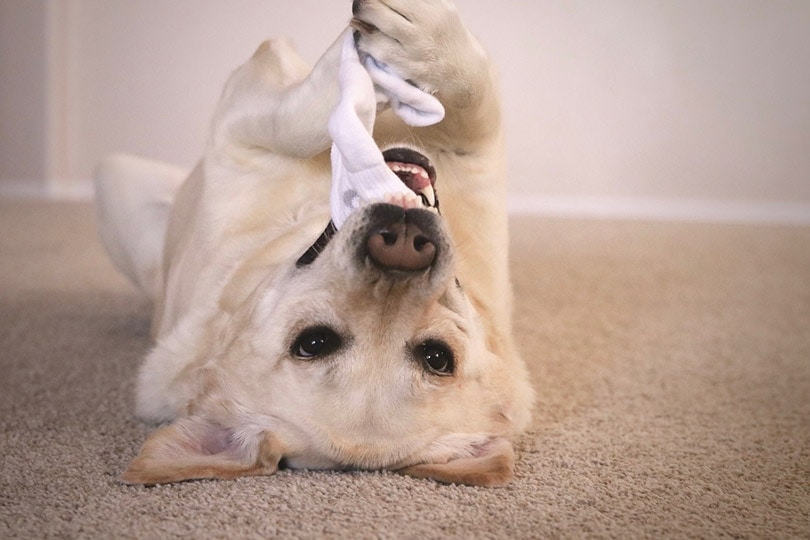
Safe Belly Button Rubs
Now that you know your dog has a belly button, we understand you may be eager to find it. Even though most dogs love a belly rub and will happily lie on their back for you, you should approach your dog calmly without forcing your dog onto their back so you can inspect their abdomen.
Wait for your dog to approach you, and make sure they are calm and happy. If you have a command or a cue that you know will get your dog to roll on his or her back, then by all means, use it, but don’t force your dog to lie on their back if your dog is unhappy to do so.
Once your dog is happily on their back, you can softly rub their belly. While doing so, you can part the fur and look for the belly button scar. If your dog wants to roll over and walk away, you should allow them to do so.
This can also be an opportunity to check on your pup. While you have your dog on their back, check for any signs of a hard stomach, any sores or rashes, and give your dog’s nails a check over too. A hard stomach could indicate gas or bloating, which can be uncomfortable if you push too hard, so use your eyes rather than pressure to find the belly button.
Final Thoughts
Dogs indeed have a belly button, for the same reasons humans do, but it is much smaller and harder to find under their layer of fur. It is essentially a scar left by the umbilical cord and doesn’t serve any purpose. However, your dog’s belly button can help indicate any signs of an umbilical hernia. Other than that, it is just a sweet characteristic you share with your friend that can remind you that you are both placental mammals.
Featured Image Credit: christels, Pixabay


